The reconstruction of what used to be the palace of the Ministry of Finance on Holy trinity Square has brought many to ask how Buda Castle worked as a government district before World War II. How did ministries fit in alongside general housing? The history is similar to a novel running many storylines, and some elements of it can be traced to the Kings of the Árpád Dynasty, the founding royal house of Hungary.
Everything started with Béla IV, who founded Buda as a heavily fortified and defensible capital following the Mongol Invasion of Hungary in 1241–1242, which ravaged and looted the country. Naturally, the relocation of government institutions followed, and among others, the Royal Mint was moved to Buda. Where exactly the different official building stood in Buda Castle is still a matter of dispute. The walls of the Kammerhof (Magna Curia Regnis) almost definitely housed some official building in the Árpád Era, but historians are still debating whether it was a royal residence or a mint.
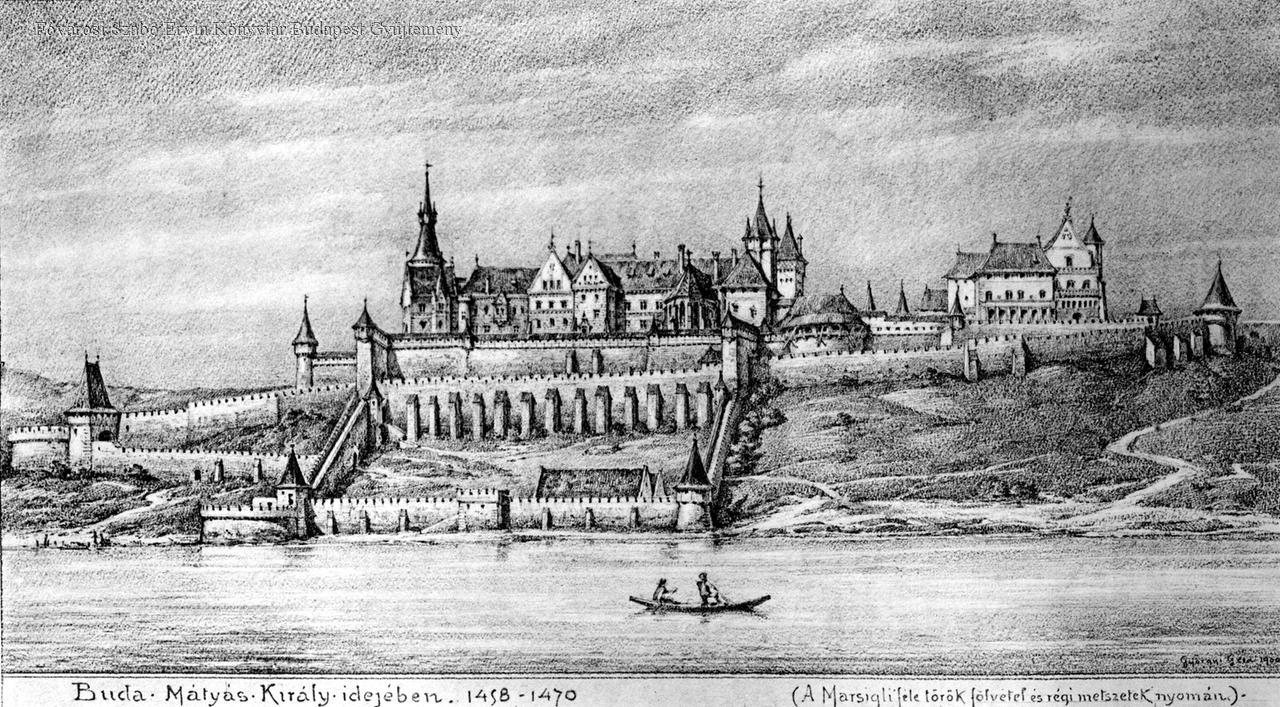
The royal palace, which served as the centre of state administration, moved to the southern tip of the hill under the reign of Louis I the Great (1342–1382). The palace grew continuously until the Ottoman invasion: experiencing a golden age under the reign of King Matthias (1458–1490) (reconstruction from 1900 based on engravings from the time).
There was, however, a slight problem: the royal court was located within a free city, which led to several conflicts. Eventually, King Charles I moved the royal court to Visegrád in 1323, and despite Buda's economic importance growing, the ruler did not move back to the city for decades. King Louis the Great solved the conflict toward the end of the Angevin Age by moving the royal palace to the southern tip of the hill and gifting the Kammerhof to the Order of Saint Paul. King Sigismund (1387–1437, Holy Roman Emperor 1433–1437) permanently moved his court to the new palace and expanded it, separating it from the city with a wall and dry moat.
Following this, government and city were separated for centuries. Nevertheless, the Kings of Hungary always ruled from Buda until the Ottoman occupation.
Ottoman occupation destroyed the mediaeval capital. Pressburg (Hun. Pozsony, present-day Bratislava) became the administrative centre of the country. Official life only began returning to Buda nearly a century after its liberation, towards the end of the 18th century.
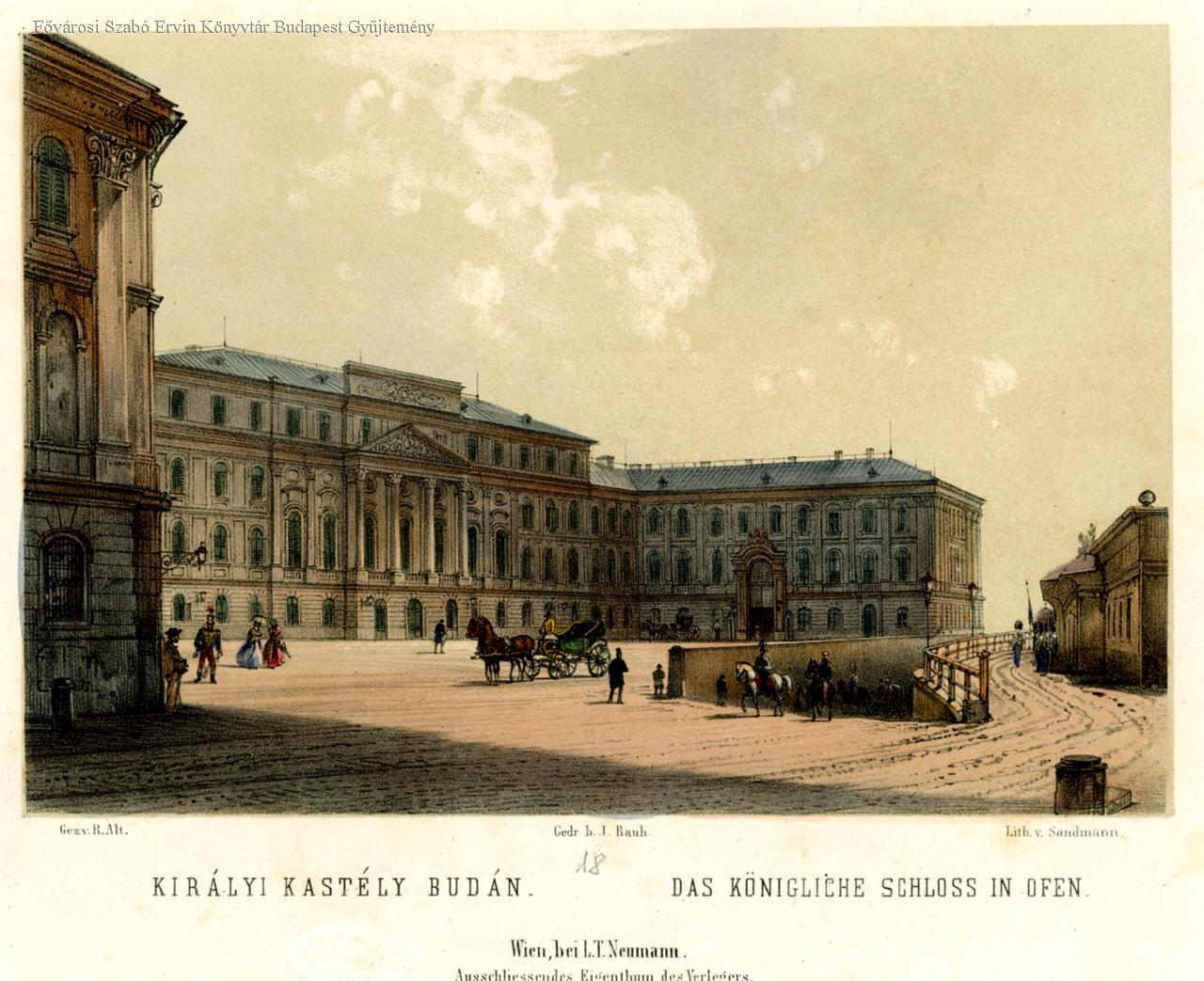
View of the palace under the rule of Maria Theresa as seen from the present-day Lion Gate looking south-east. The present-day Lions' Court did not exist at the time, nor did the wing of the palace ovelooking Krisztinaváros. (Drawing by Rudolf Alt in the 1850s, source: FSZEK Budapest Collection)
The first movement in this regard was when Prince Albrecht, Governor of Hungary, moved into the reconstructed palace with Maria Theresa's permission. However, the true turning point can when Joseph II moved several royal offices back to Buda. Naturally, not the royal seat, as Hungary had since become a province of the Hapsburg Empire. The Governor's Council and the Royal Chancellery returned to Buda and received the buildings of the monastic orders Joseph II had disbanded. The royal palace became the headquarters of the military in 1791 and later served as the residence of the Palatine until 1847.
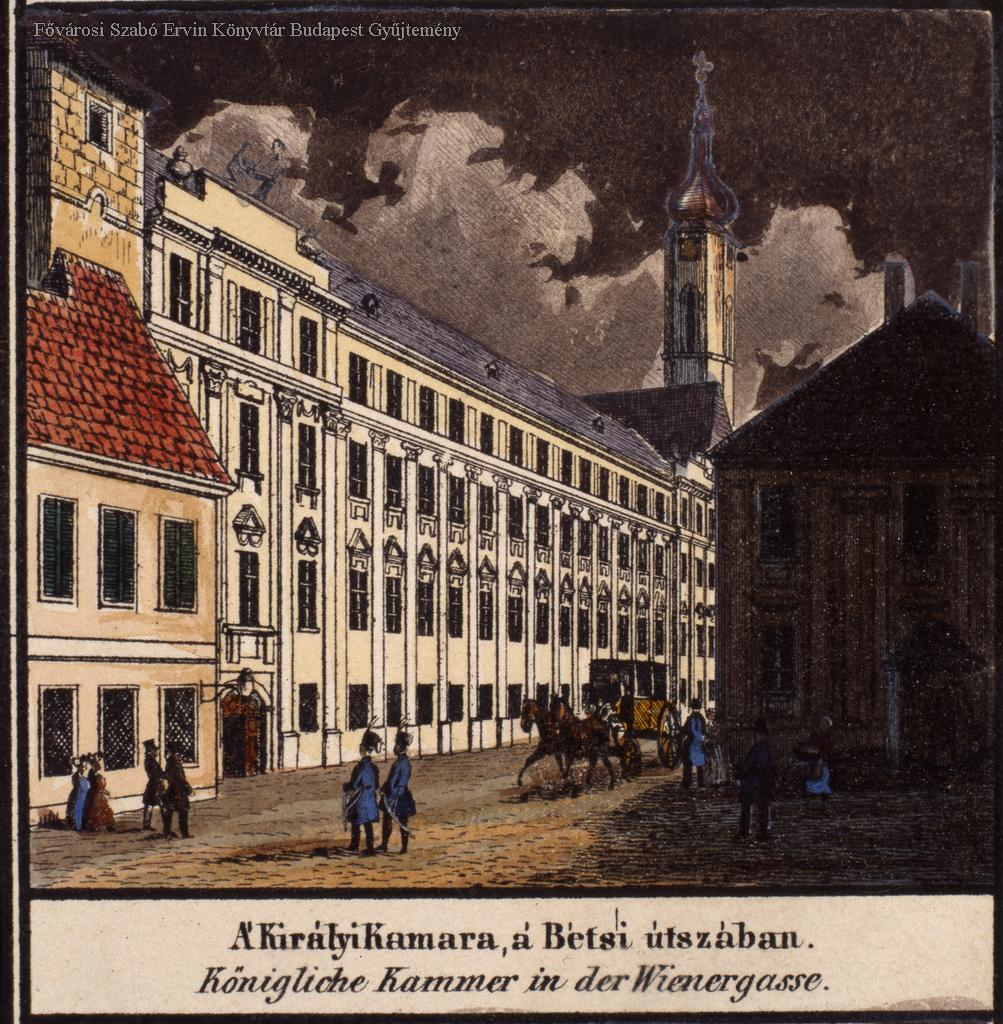
The royal Chancellery, the predecessor of the Ministry of Finance, operated in the building of what used to be the Jesuit Grammar School (now the Hilton Hotel) from 1784. The graphic by Carl Vasquez clearly shows Matthias Church (before the Schulek-reconstruction) and the tower of the Dominican Church on the left side of the Chancellery.
Other government offices were moved into the free city. For example, the Governor's Council and the Chancellery moved into the Jesuit buildings on Hess András Square. The building had been built by the Jesuits after the city was liberated from Ottoman occupation and housed their grammar school. The monks were forced to leave before Joseph moved the offices into the building. However, Pope Clement XIV dissolved the order under political pressure during the reign of Maria Theresa. The building was redesigned in the late-rococo zopfstil before the offices moved in. Most of the building was destroyed in the second world war. However, the remnants of the façade were not torn down but incorporated into the Hilton Hotel that opened in 1976 and are still visible today. From 1849 onwards, the Imperial and Royal Finance Directorate operated in the building and was succeeded by the Minister of Finance in 1867, which remained in the building until 1945.
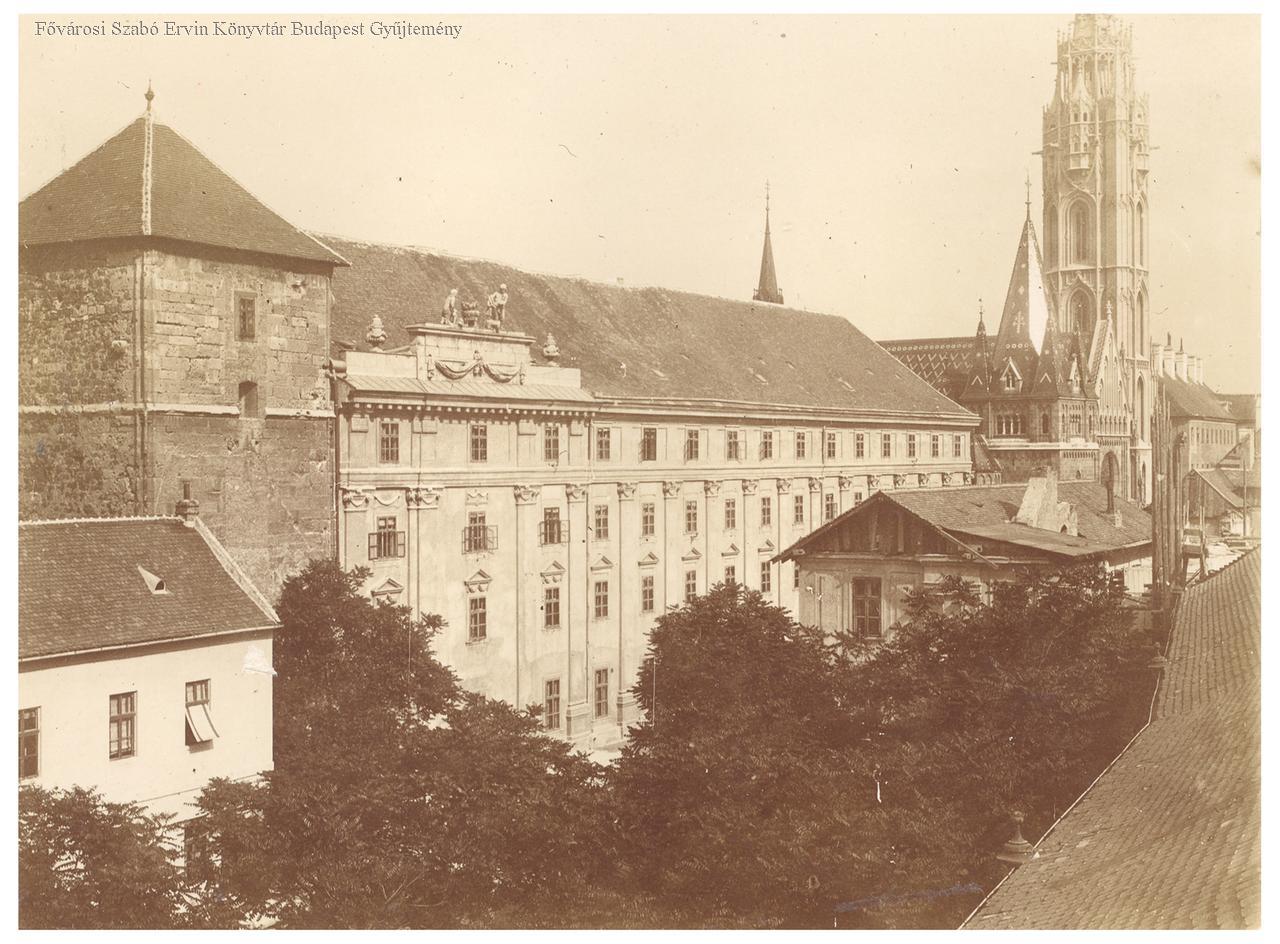
After 1967 the Ministry of Finance used the building on Hess András Square. On the right side palace on Holy Trinity Square is already under construction. (Photographed around 1901, source: FSZEK Budapest Collection)
The building of the Jesuit Academy (college) stood opposite on the opposite side of Hess András Square. The Governor's Council moved into the building in 1786. Following the Austro–Hungarian Compromise of 1867, the building was used by the Ministry of Finance and was eventually torn down in 1901 due to the construction of the neo-Gothic palace.
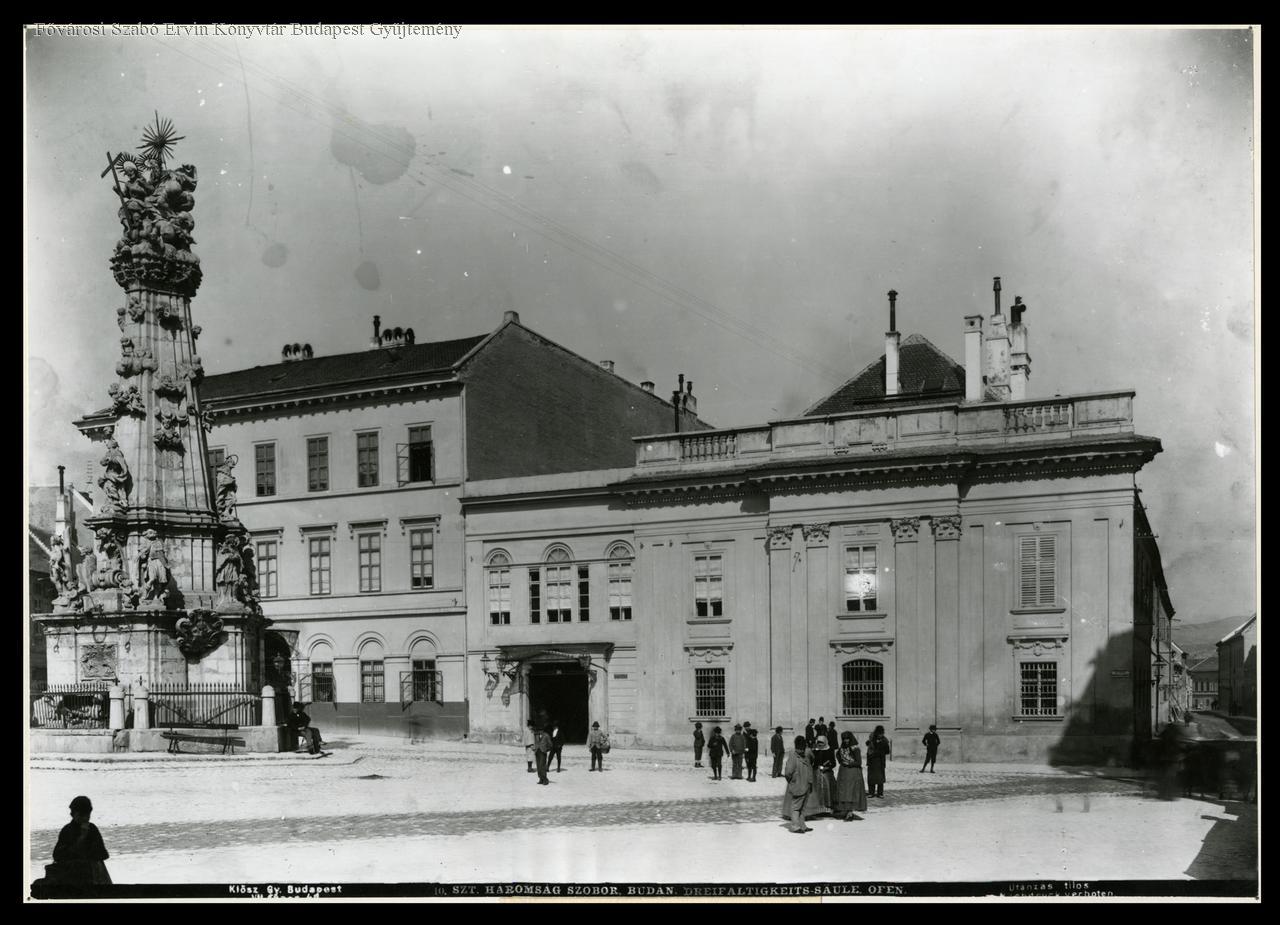 The building on the Jesuit Academy on Holy Trinity Square (right). The palace built for the Ministry of Finance was later constructed in its place. (Photographed by György Klösz, Source: FSZEK Budapest Collection)
The building on the Jesuit Academy on Holy Trinity Square (right). The palace built for the Ministry of Finance was later constructed in its place. (Photographed by György Klösz, Source: FSZEK Budapest Collection)
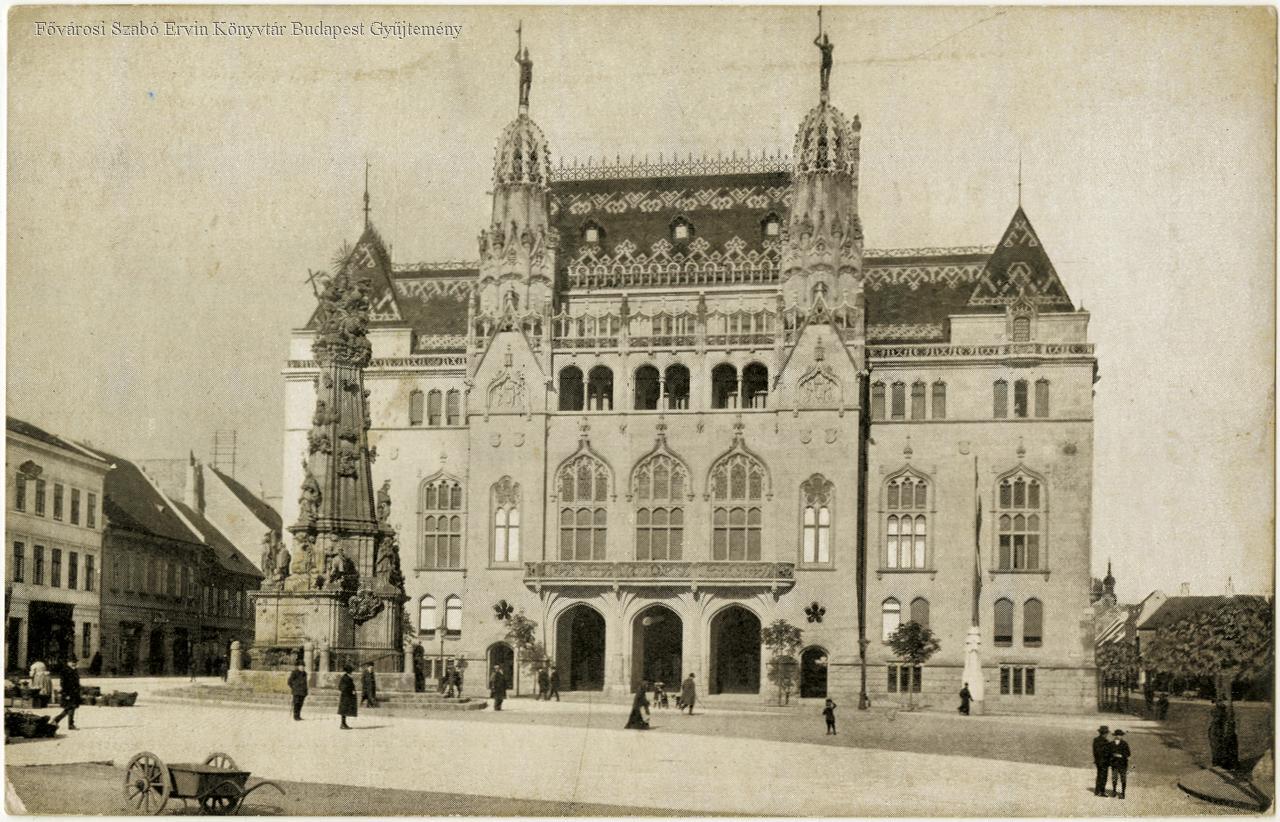
The palace of the Ministry of Finance was designed by Sándor Fellner and completed in 1904 (contemporary postcard, source: FSZEK, Budapest Collection)
Thus, the Ministry of Finance and its predecessors operated in the Castle from the 18th century onwards. However, they used other buildings as well. One of these was the Joseph Barracks under 9 Mihály Táncsics Street. The building is rather young in terms of the castle district. Built at the beginning of the 19th century, the served as a barrack and a prison. Housing political prisoners such as Mihály Táncsics and Lajos Kossuth. Later it was used by the Ministry of Finance until World War II. (Interestingly, this plot was once part of the medieval royal palace, the Kammerhof, mentioned above.) In 1948 the Joseph Barracks were given to the US Embassy as part of war reparations and returned to the Hungarian state in 2014.
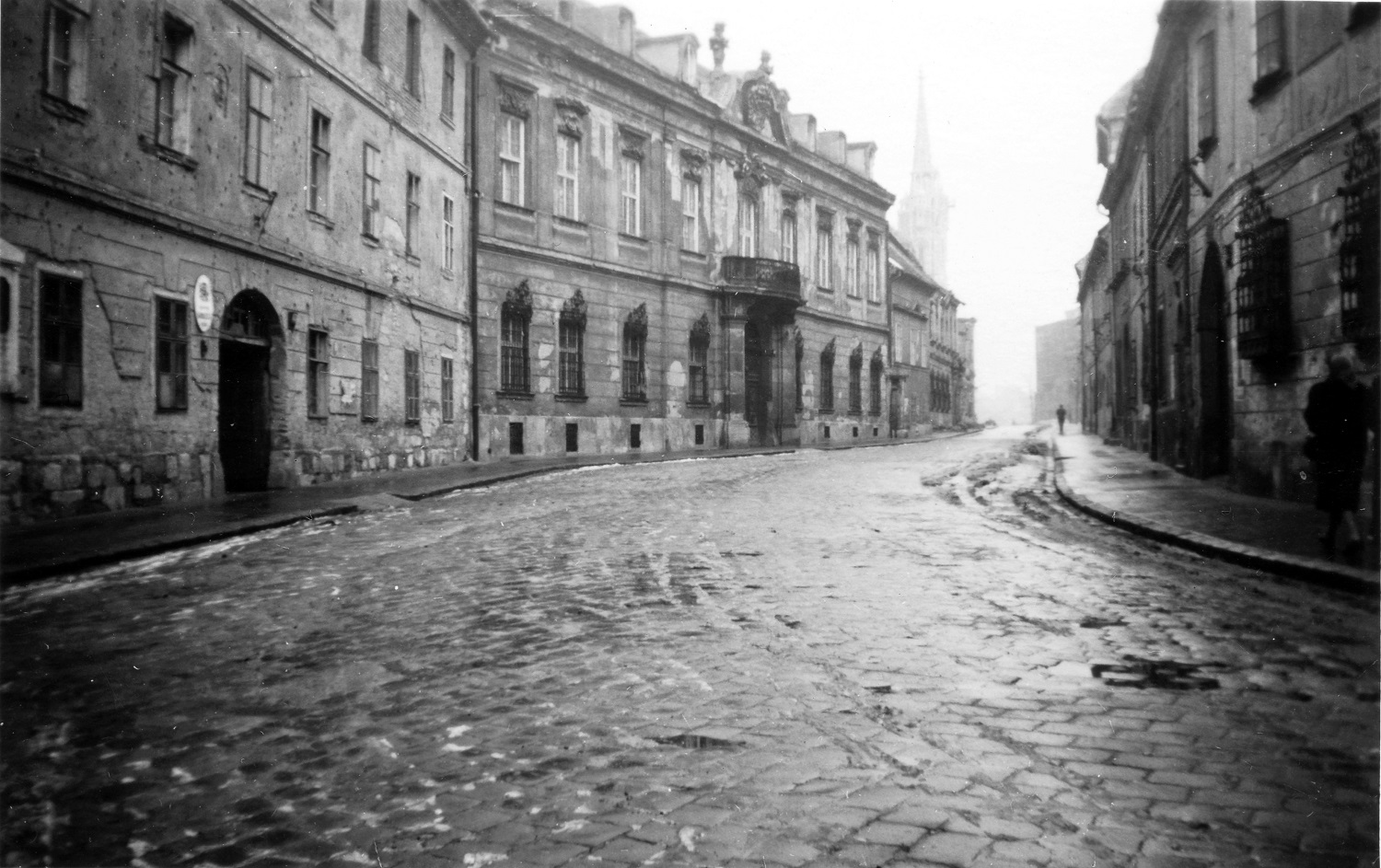
The Ministry of Finance also used the building under 9 Mihály Táncics Street. (Photo Carl Lutz, 1944/Fortepan)
The Governor's Council, the office of the Palatine, was also moved to Buda Joseph II. The offices were housed in the Franciscan and Clarissan buildings under 49 and 53 Úri Road. Number 53 was used by several ministries until 1848 and the Ministry of the Interior from 1867. Úri Road 51 was built in 1823–24 as a new wing of the building according to the plans of Mihály Pollack, to alleviate the lack of space from which the Ministry of the Interior suffered.
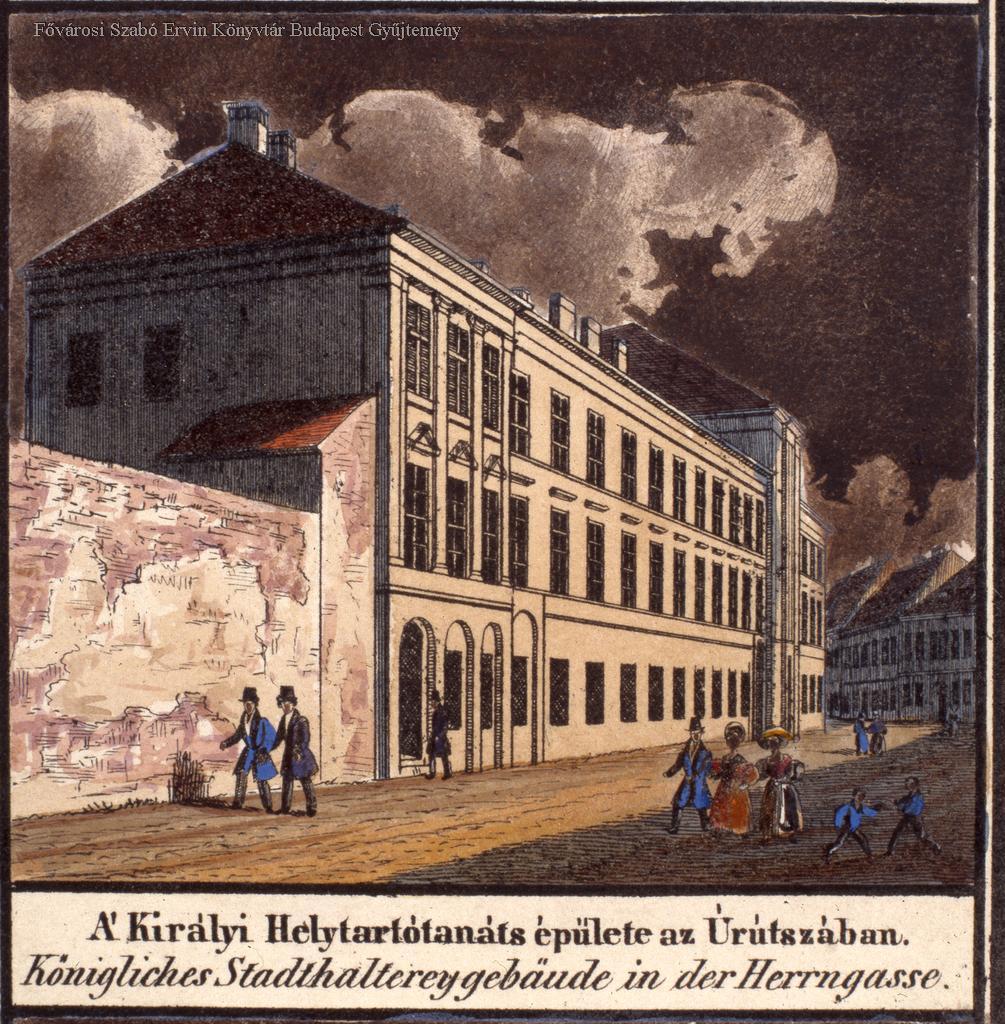
The Governor's Council moved into two neighbouring former monasteries on Úri road (graphic by Carl Vasquez, source: FSZEK Budapest Collection)
First, the Royal Curia moved into Úri road section of the Clarissian Monastery complex. After the Curia was moved to Pest, the Governor's Council moved into the building. The National Diet moved into the other section under 28 Országház Road. From the second half of the 20th century until recently, the complete complex was used by the Hungarian Academy of Sciences. According to plans published by the Government in 2015, the Ministry of the Interior will move into the building complex in the future.
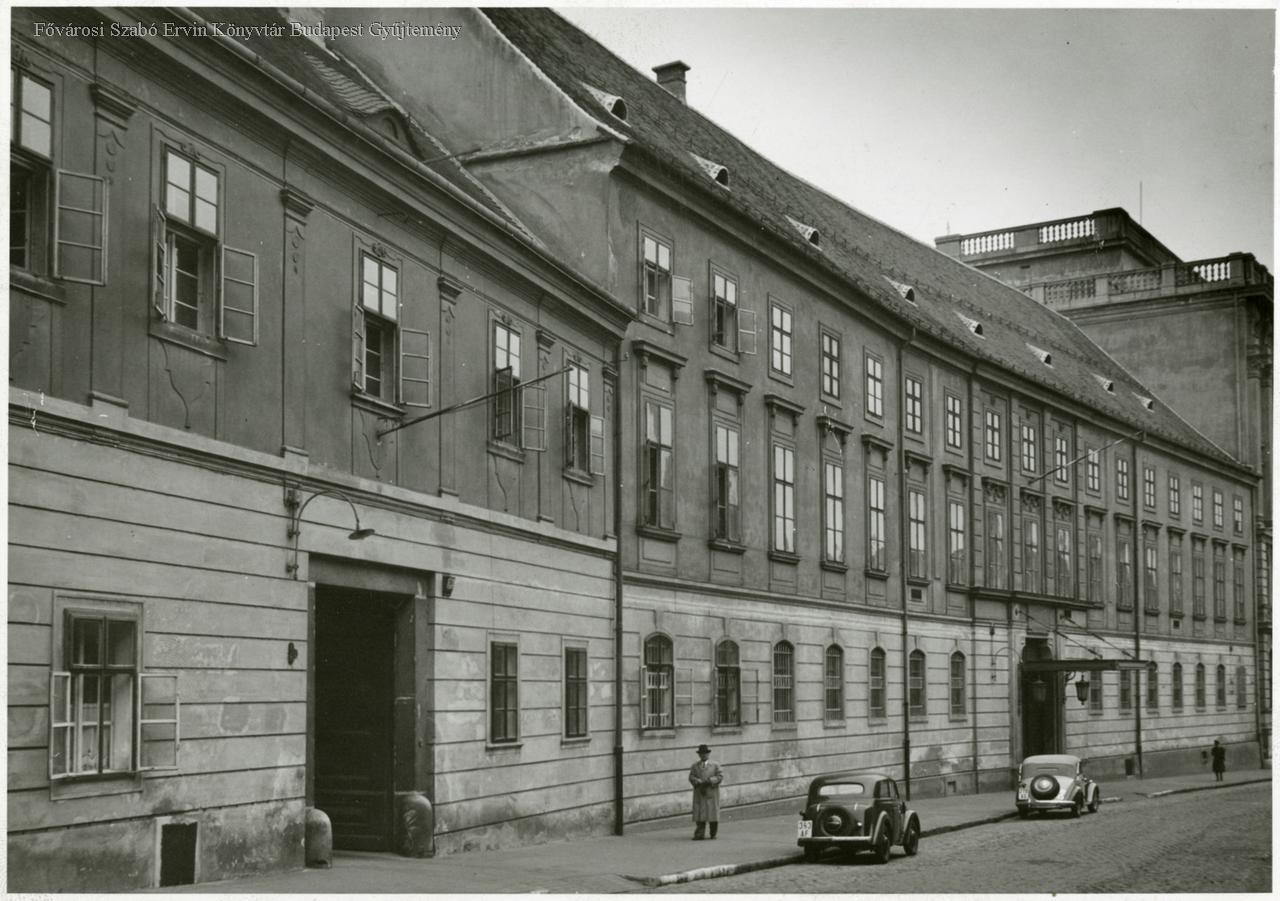
Under Habsburg rule, the National Diet operated in the building of the former convent. When the photograph was taken, the building was part of the Ministry of the Interior, as the national assembly was already meeting in the current building (Photo: FSZEK Budapest Collection).
Another important official building should also be mentioned. The Sándor Palace was the official residence of the prime minister from Gyula Andrássy's premiership until World War II.
Most of the ministries created as a result of the Compromise were given the buildings that had previously been used by the Governor's Council, the Diet, and the Chancellery. Only two ministries were moved to Pest in 1867: the Ministry of Justice and the Ministry of Agriculture, Industry and Trade. However, it quickly became apparent that the existing buildings could not serve the needs of the government apparatus.
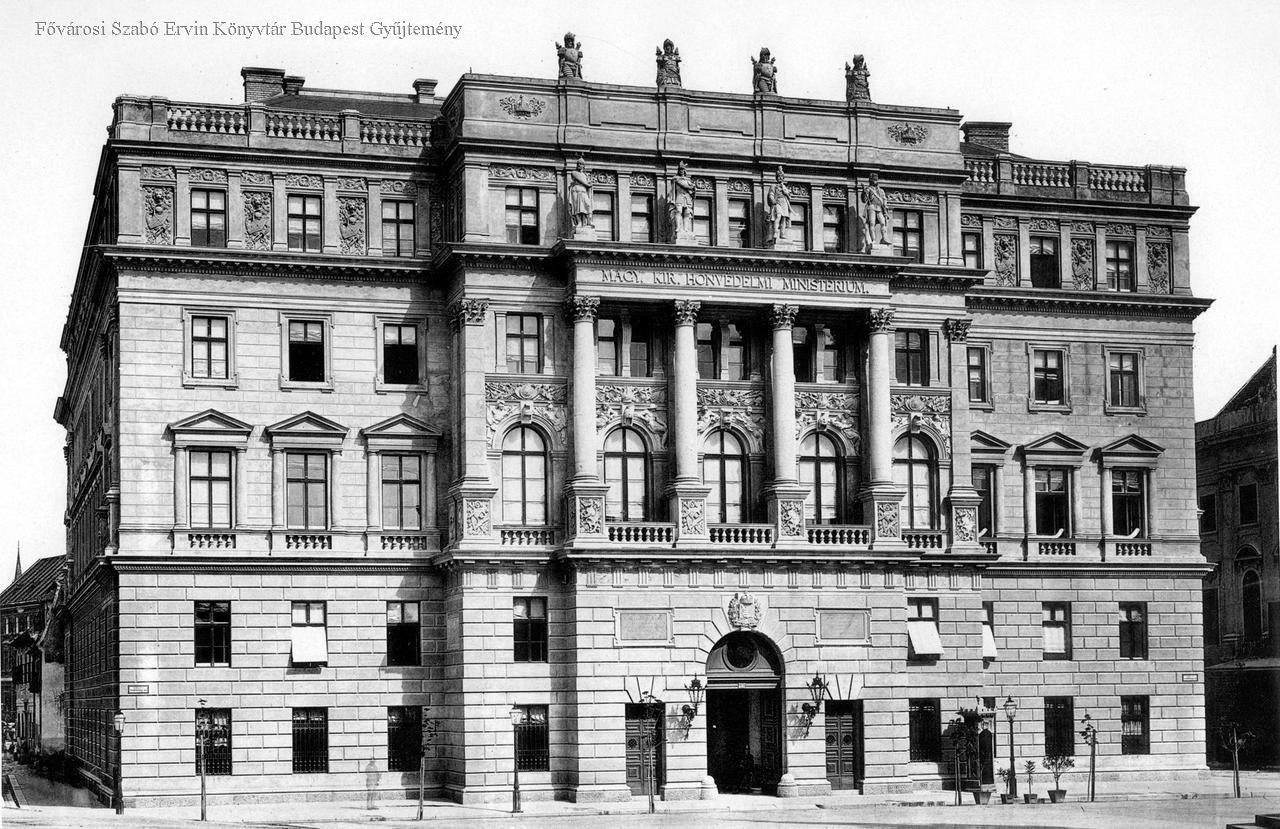 Existing buildings could not house all government offices after the Compromise. The Ministry of Defence was the first to be built with its main façade facing the Royal Palace. (Photo Károly Divald: FSZEK Budapest Collection)
Existing buildings could not house all government offices after the Compromise. The Ministry of Defence was the first to be built with its main façade facing the Royal Palace. (Photo Károly Divald: FSZEK Budapest Collection)
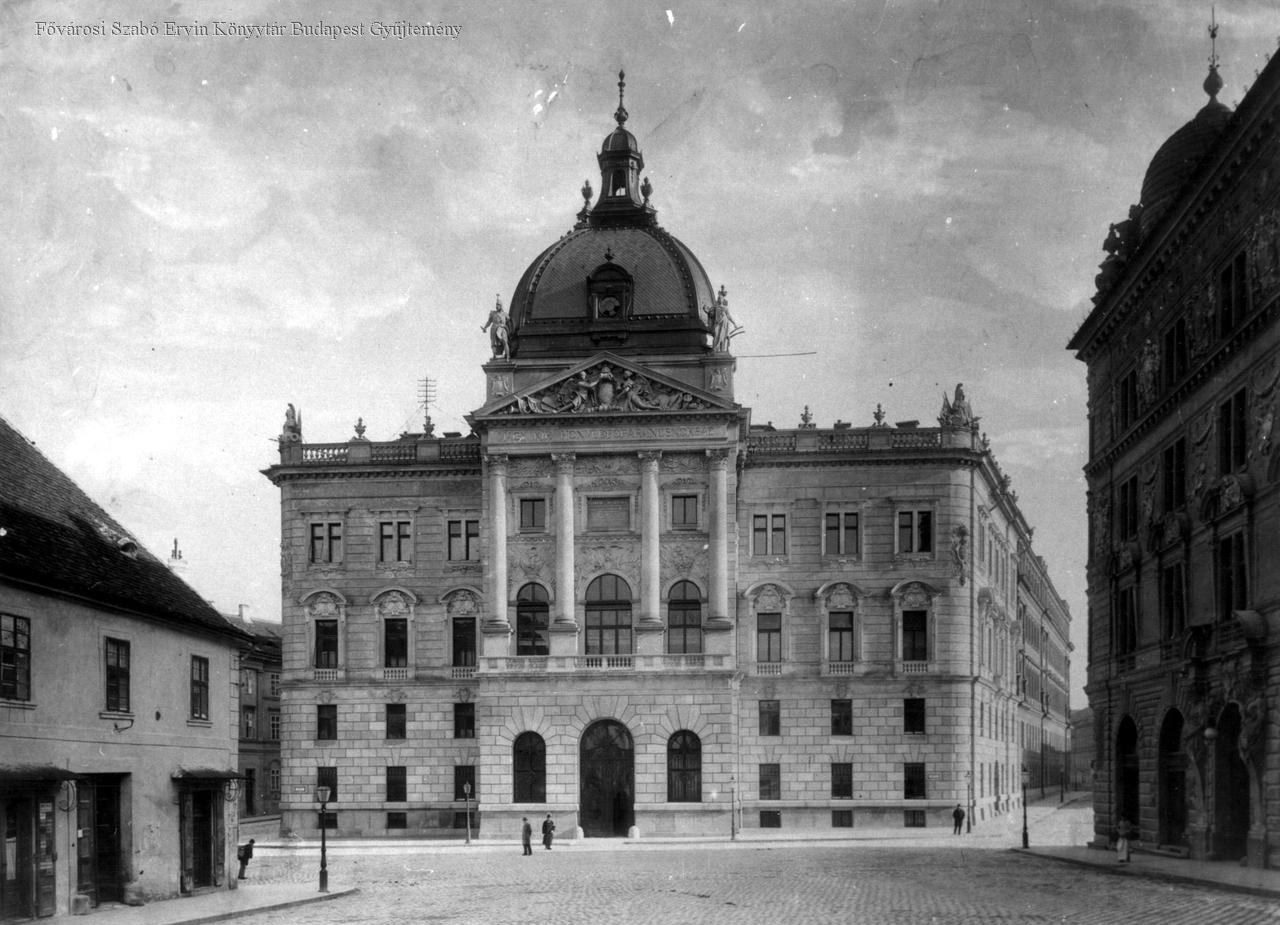
The palace that once served a the Headquarters of the National Guard. The building was damaged in the second world war, and only parts of it are visible today (Photo: FSZEK Budapest Collection)
The building of the Ministry of Defence was the first to be built on Saint Georges Square. Designed by Mór Kallina, the Ministry was built between 1879 and 1881, the Headquarters of the National Guard was built in 1895–1896 on Dísz Square 17. Under 1–2 Dísz Square, Alajos Hauszmann planned a palace for the Red Cross Association, in which rooms were rented for the Ministry of Croatian, Dalmatian and Slovenian Affairs. In 1920 the building became the central office of the Ministry of Foreign Affairs until World War II.
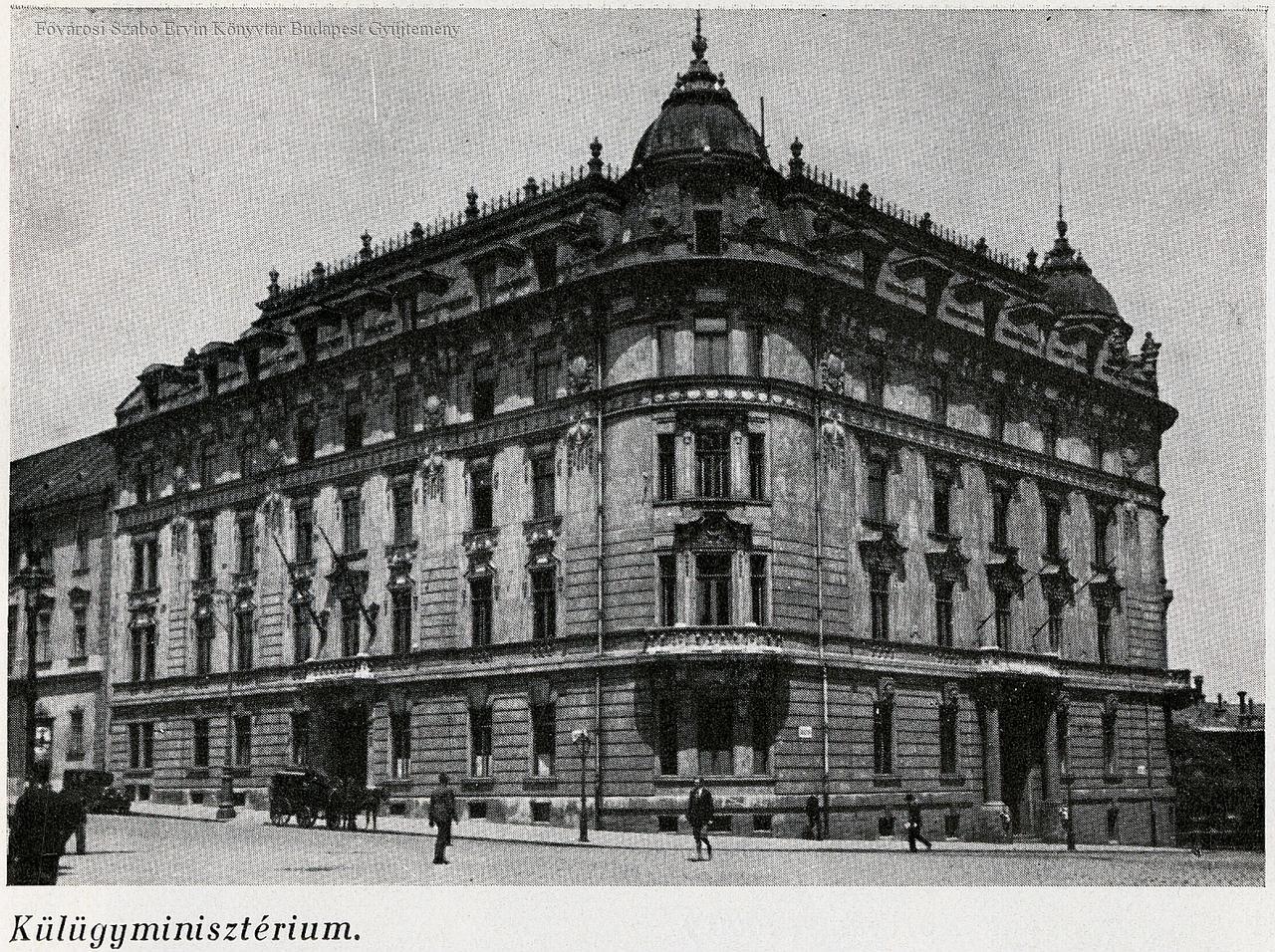
The palace of the Ministry of Foreign Affairs on Dísz Square (Photo: FSZEK Budapest Collection)
With a few short breaks, Buda Castle has been a residential area and a government district since the Middle Ages. Its Golden Age was the period between the Compromise and the second world war. While most ministries were moved out of the palaces built among the residential houses of the castle after the second world war, their places were generally taken by a range of public institutions. however, the Castle no longer served as a government district. But new change is coming, as the Sándor Palace and Carmelite Monastery have housed Government or State offices since 2003 and 2018, respectively. Reconstruction of the Ministry of Finance on Holy Trinity Square foreshadows that this process will continue.

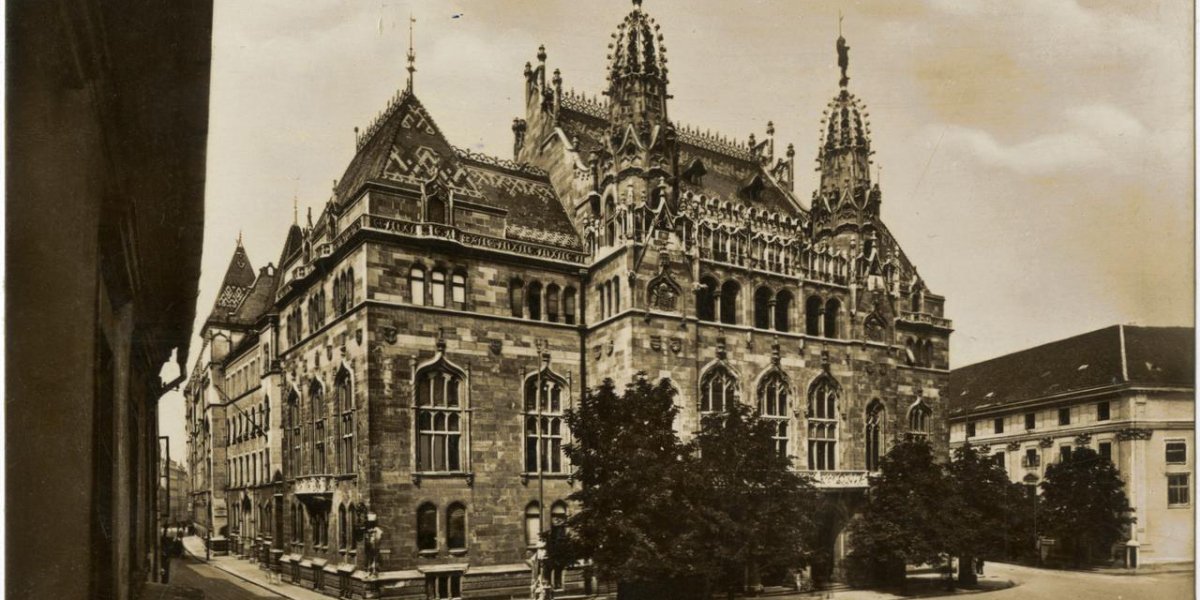



































Hozzászólások
Log in or register to comment!
Login Registration